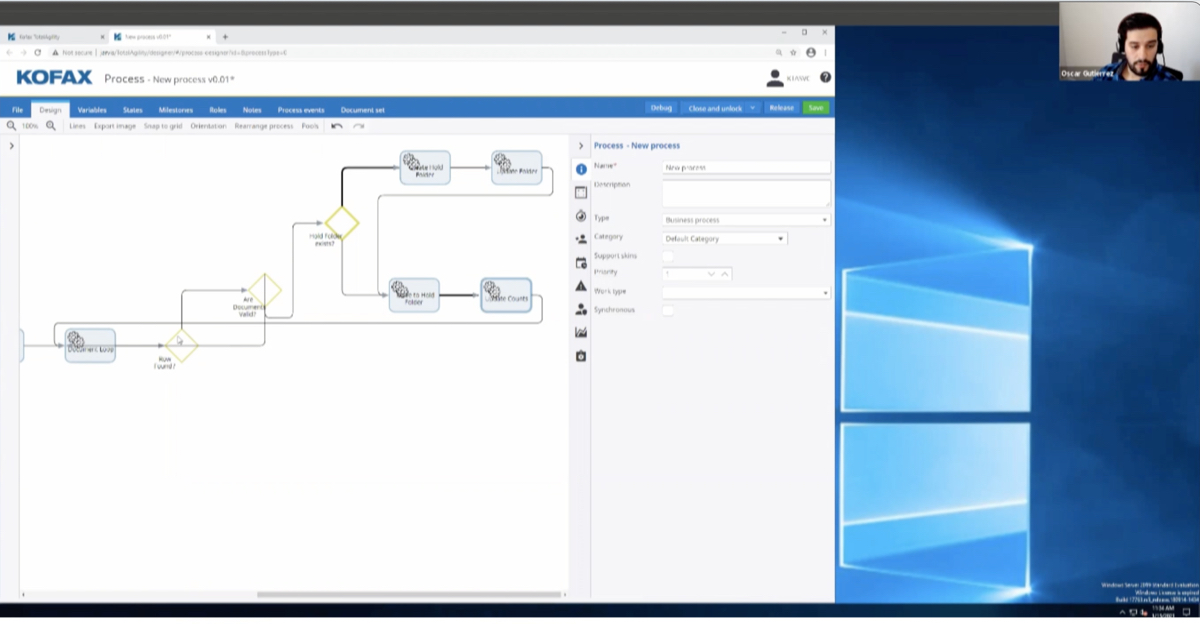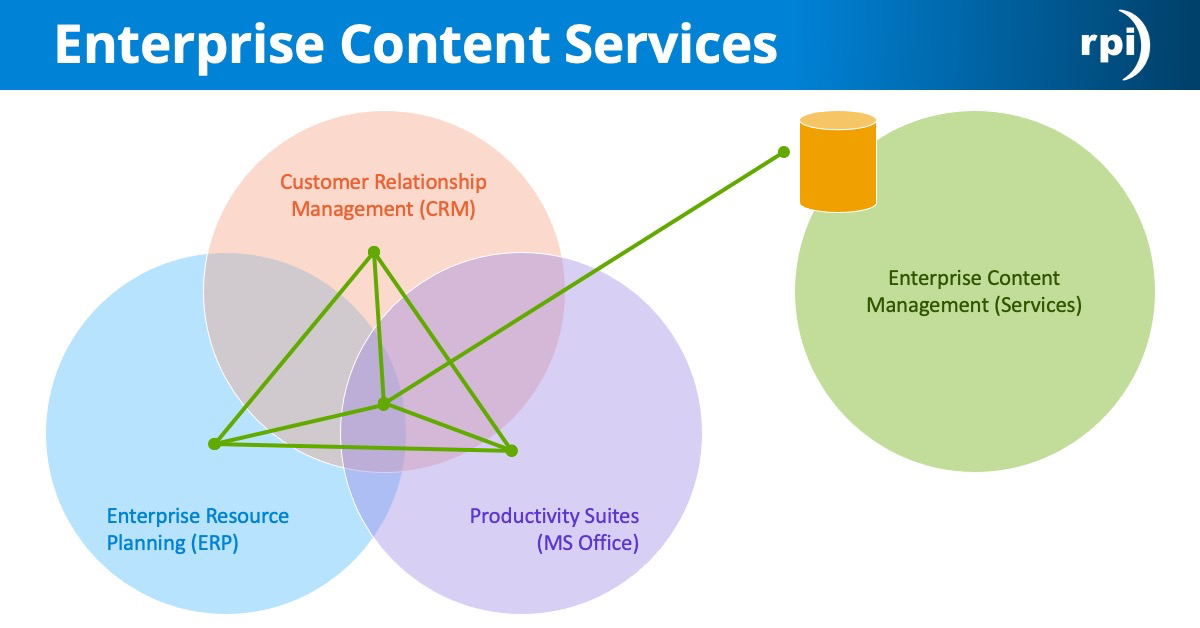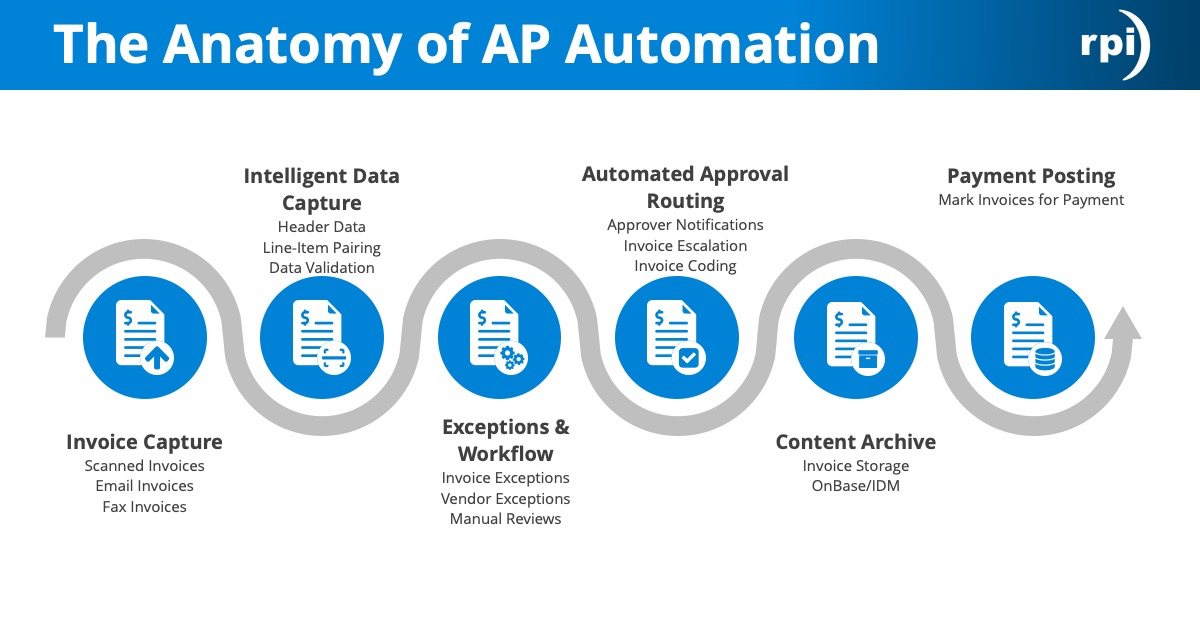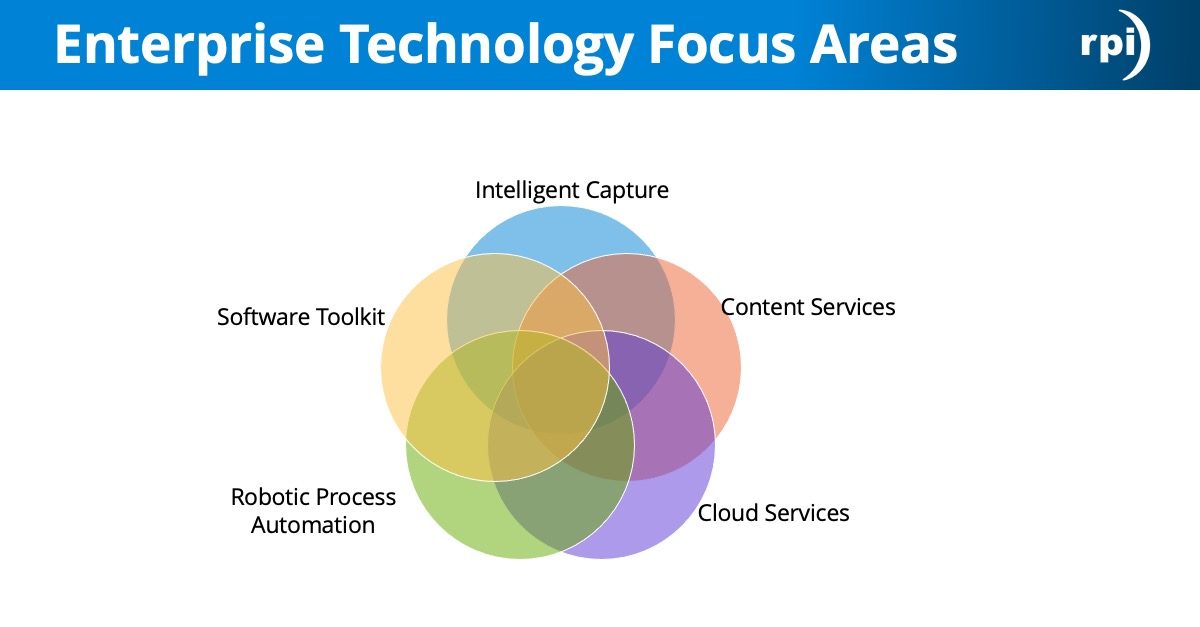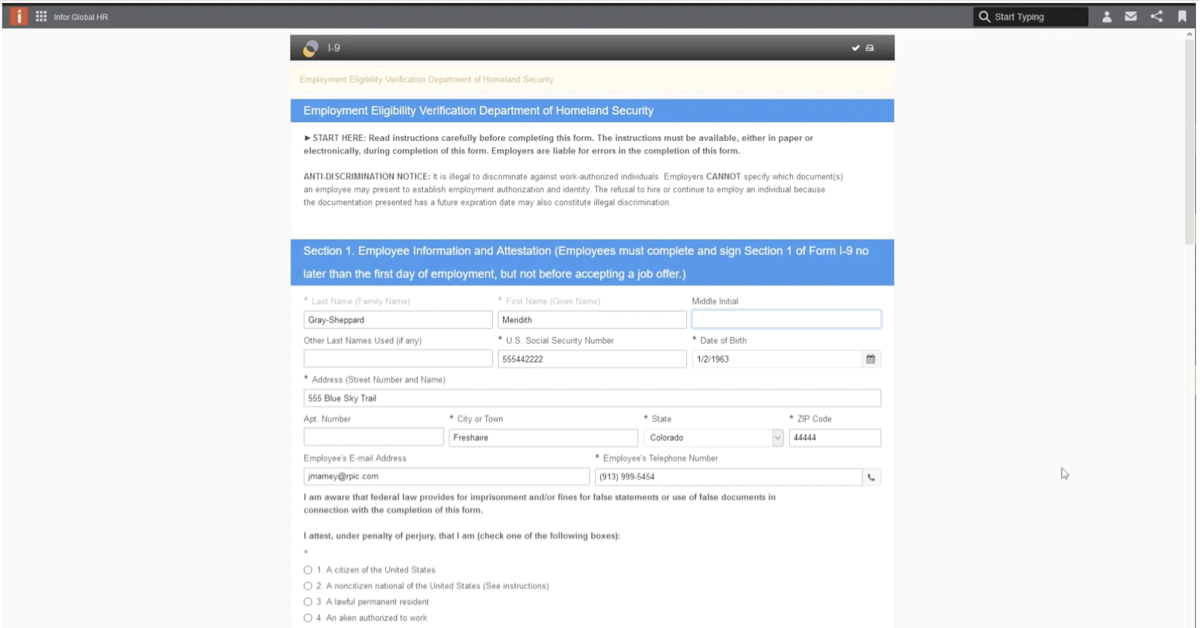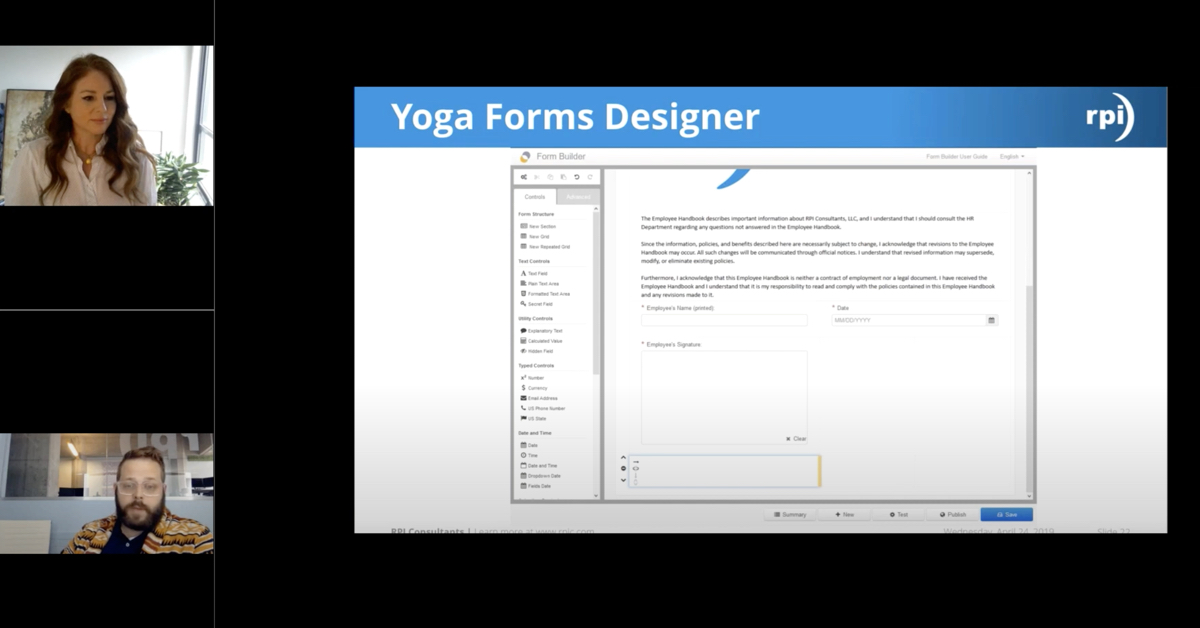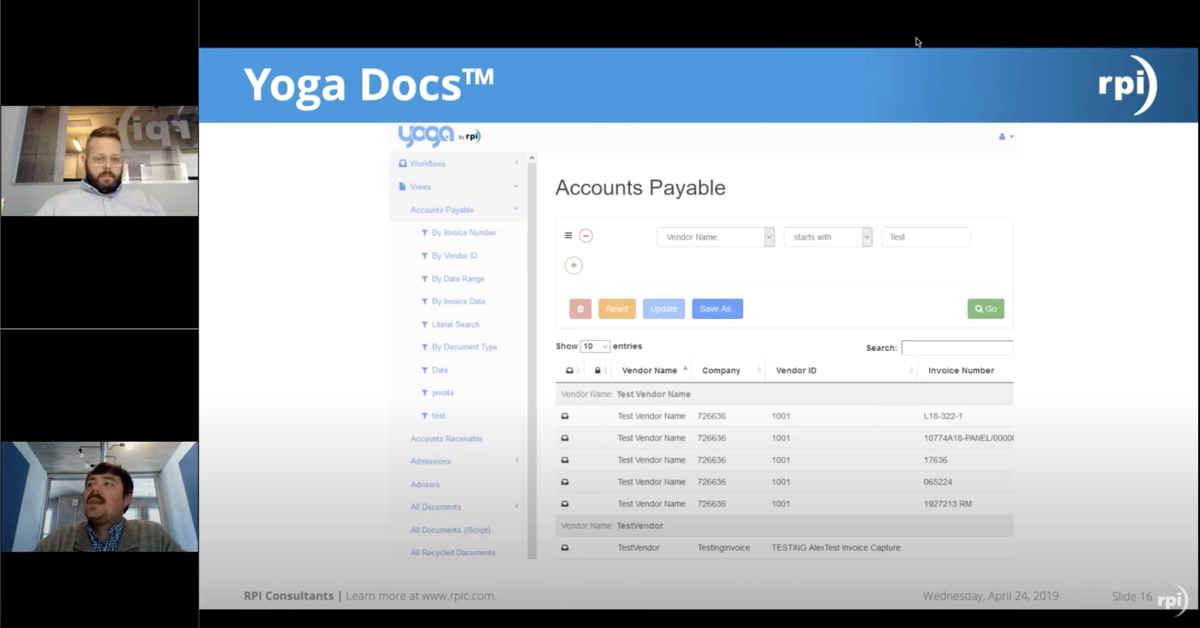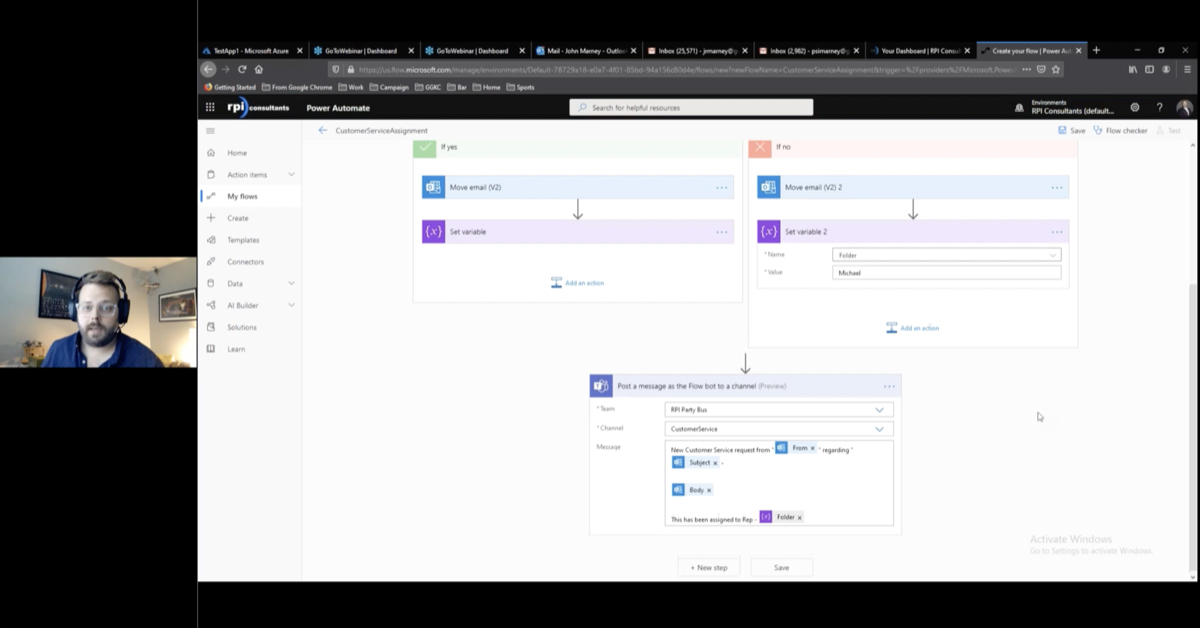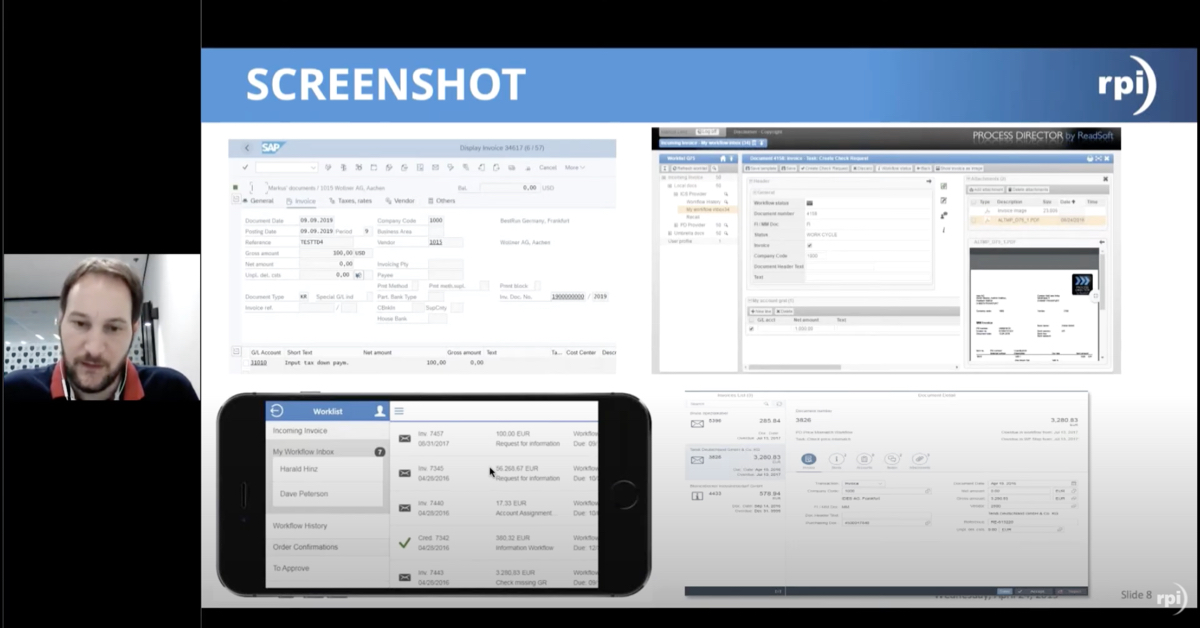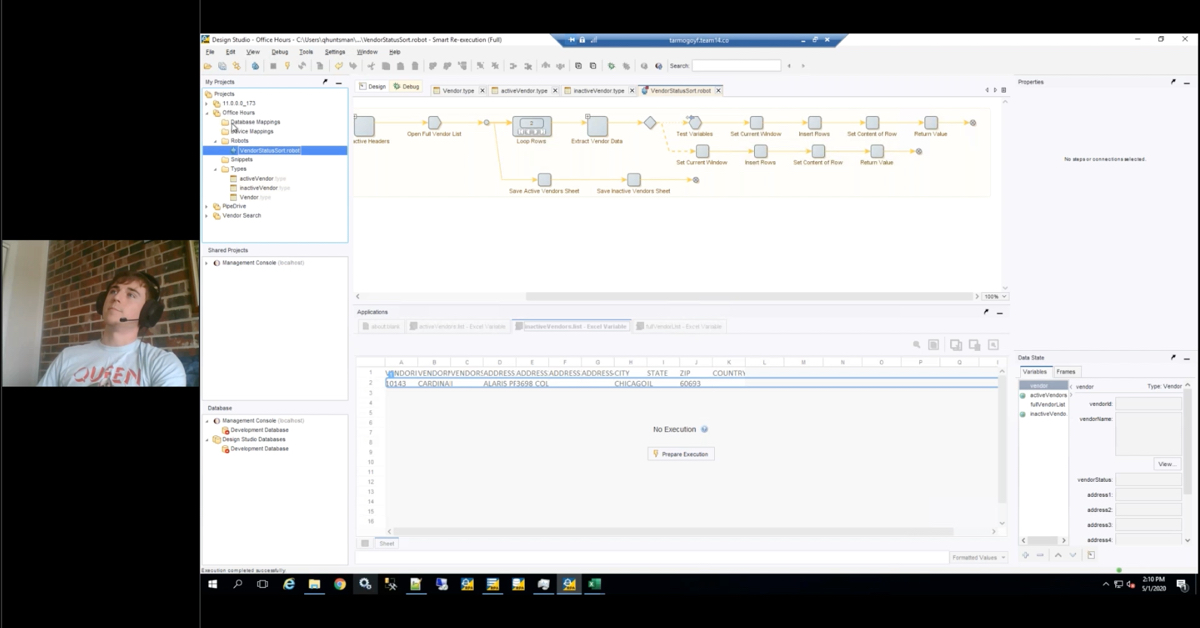Alex Lindsey:
Hello everyone, and welcome to another Webinar Wednesday with RPI Consultants. A few housekeeping items to take care of first. First and foremost, there’s not going to be any video on this. So, lucky you, you don’t have to look at our faces. But, today we’re going to be talking about the Lawson COM Object Connector. It’s a proprietary connector that we developed to integrate real time in between data within Lawson and your content management workflow systems.
To start, a few housekeeping items. First and foremost, this webinar will be recorded and posted to YouTube at a later date shortly after. We are also going to be sending out the SlideDeck to all attendees after this presentation.
If you have any questions during the presentation, please feel free to put that in the Go-To-Webinar channel. We have a moderator standing by to ask questions. If he feels they’re pertinent to ask in the middle, he will, if not, then we’ll save it till the end. Again, if you guys have any other suggestions for topics, whether its Lawson related, ECM related, OCR data related, please let us know. We’ll give you contact information at the end of this presentation.
One final thing, we are kicking off the Summer webinar series. There’s a lot going on already in the Lawson sphere. If you go to RPIC.com/Webinars, you’ll be able to see what’s going on there. They are doing a lot of good content today, but for us here in Kansas City on the ISTS team, we have two more today following this. One is around the OnBase Unity eForms and that will be at 1:00 p.m. Central Standard Time and another on OnBase Approval Manager with myself at 3:15 p.m. Central Standard Time.
A few things, introduce myself. My name is Alex Lindsey. I’m a senior solution architect. I’ve been working with the ECM space and integrations with Lawson, PeopleSoft, a number of different ERPs for over six years.
Chris Tan:
My name is Chris Tan. I’m a senior consultant with RPI, focused primarily in the health care space. I have over six years of experience with the Perceptive content solution and also been working outside of health care with regards to AP solution as well.
For today’s agenda, we’re gonna cover just a little bit about RPI, give you an idea of who we are, what we do. We’re gonna go through a typical Lawson integration as well as give you an overview of our RPI Lawson COM Object Integration and follow up with some use case examples and then end our session with a Q & A.
Today, RPI is a comprehensive professional services organization. We have roughly 80 full-time employees based out of our three locations in Baltimore, Tampa, and Kansas City. We focus primarily on integration with various software vendors such as Highland for OnBase and Perceptive content as well as Brainware and also Infor and Kofax.
Alex Lindsey:
So, basically, any of the solution needs that you guys have, we should be able to cover it. What are some typical Lawson integrations? Some typical Lawson integrations that you guys may already be familiar [with]. If you’re dialing in you may have an ECM or someone that has Lawson, maybe you have Lawson currently, but you don’t have any kind of ECM or workflow product and are exploring that. Some typical integration methods that we see a lot have to do with invoice exports and imports, and that’s typically done with Windows scheduled tasks. That requires an extract, for instance, from a Lawson database and pushed over to another server system for another job that imports it and vice versa spitting out data from an ECM or workflow product with validated data that gets pushed into Lawson.
There’s also manual entry. The AP 20 for instance, if you just enter an invoice information on that screen, that’s a pretty manual process that you all are pretty familiar with probably. There’s no integration really there. Maybe if you have a screen scrape software that does something there, but other than that it’s pretty manual.
There’s also custom processes. If you have some Microsoft Excel, some macros and things like that to integrate there, those are the typical integration methods that we see when it comes to Lawson and any kind of integration with an ECM product. Why is that a problem? Some of the challenges and pain points that we have around that are just the management of those CSV files and the transfer of those in between the servers.
Essentially, what you’re doing at that point when you’re handing off data, you have several processes in place. You have to get the data out of Lawson, you have to place it somewhere, you have to have a script or some other process, a service ready to push it to another server at which point another server process has to get that and push into another place. Essentially, you are creating a lot of potential failure points by managing these flat file exchanges.
It also creates a lack of visibility for interface areas. If it fails in one of those places, it’s very difficult to track down where they are. Another point making, and this will become a lot more apparent later on in the slides, is that if it does fail, it typically will just go to an error queue in a workflow system for instance, or an error folder, but you don’t really know why.
Along with that, there’s delay in posting new invoice data, data scheduled tests, delayed reconciliations, and in general just fewer features and flexibility than Lawson screen. It becomes kind of a cumbersome thing that administrators have to investigate, because it’s not very clear what might be going on.
Alex Lindsey:
What is the solution? This is something that we’ve come up with.
Chris Tan:
Our Lawson COM Connector is an excellent alternative in that it allows you to do real time interfacing with your Lawson environment. It utilizes the application gateway server, so AGS calls that are REST web server space. It’s proven technology and compatible with Lawson Cloud. One of the greatest things about this is that it allows you to do that real time two way communication with Lawson. You have the ability to inquire against Lawson screens as well as make changes. For instance, doing check hold releases. In addition to that, all of the error handling gets documented within the documents that are routing through workflow and there’s no more need for any kind of flat file processing, transferring files from one server to another and potentially having that failure part.
It uses XSLT to transform data and manipulate that data to make it a compatible AGS call within Lawson. There are a lot of samples online by the way.
Here, we have an example of an AP20 transaction that we are doing against Lawson. As you can see, some of the data here is statically coded, but we’ll also add the ability to dynamically extract data from your documents, whether they be from the AP invoice eForm or from the document keys themselves to ultimately extract and then use to post into Lawson.
Here, we have a quick example of how we would utilize our solution with Lawson ultimately. We have a workflow queue with an inbound I script that’s been customized to either extract that data either from the document or the eForm and ultimately send that AGS web service call up to Lawson to either do the inquiry or make that change.
Alex Lindsey:
A big feature here that Chris is gonna talk about next is just the error handling when it comes to documents and the communication that you have between Lawson and whatever ECM product you’re using.
Chris Tan:
Here we have an example of a document that was processed through the Lawson COM Object Connector and we have a number of different transactions that we were posting with this. We had the AP20.2, MA43.6, and then MA43.7. Here, you can see the various responses that we received from Lawson with regards to the changes being completed, any kind of inquiries that were made as well, any kind of verbiage that we’re receiving from Lawson. This data here is exactly as you would see if you were doing this manually within Lawson so it’s a good auto point to see was the transaction successful or were there any errors? In this case, we saw that there was an error with an invoice already exists for an AP20.2 transaction we tried to post as well as a day after closing date there.
Alex Lindsey:
These are really good examples of the kind of communication that you don’t typically see. If you are an ECM customer or you have a workflow product that is trying to directly integrate with an ERP, which a lot of us are, you don’t get a ton of error messaging when it comes back and forth. You can see here these examples, again, when Chris mentioned invoice already exists. Before without the Lawson COM Object Connector, you didn’t necessarily know. You may have to actually have your DBA or sys admin hop on a server and go to the log file for a particular script for instance or dig through some other kind of service log file to identify why it actually failed. Why did the API fail? What was the error message? What does that error message interpret to?
Alex Lindsey:
With this, we are writing directly to Perceptive in this instance to basically communicate out that it was exactly due to this. It enables your users to essentially make better decisions when they are processing documents, processing invoices for instances to better error handle as opposed to just spinning their wheels and looking at a number of different places. This gives us more point of direction.
What are some examples in use cases? Again, the Lawson COM Object Connector, we just talked about invoices. But this can really be used against any API that Lawson makes available to us. GL entry processing, purchase requests, packing slips, and even your HR systems. If you have a large Lawson footprint in your organization, you can use this Object Connector to essentially communicate in between different systems fairly easily.
It’s worth noting that we developed this against the Perceptive platform, the ECM product integrates with their workflow and things like that, but is very easily transferrable to an OnBase or KTA or a number of different other workflow type solutions that you guys might have.
In summary, that is the Lawson COM Object Connector. We think it’s a great tool. We think it’s efficient. It’s fairly easy to configure as well and it really opens things up and makes it a little bit easier for your end users to continue processing documents. We’ll open it up for questions now.
Speaker 3:
Does the Lawson COM Connect require a license?
Chris Tan:
The Lawson COM Connector does not require a license. It’s something that was developed here in-house within Lawson and for all of our deals that are sold utilizing or implementing this connector, it’s a services based engagement.
Speaker 3:
Perfect. Can this Connector be used in the Infor CloudSuite environment?
Alex Lindsey:
Yes it can. There’s no real difference between the two from our standpoint when it comes to connecting to there, yeah.
Speaker 3:
Does the Lawson COM Object Connector work with OnBase? Stephanie’s asking, she’s looking to migrate into OnBase in the future and kind of what that effort looks like if we set it up for Perceptive first.
Alex Lindsey:
Sure, yeah. It is, I mean, if you think about it, you’ve got your API, you’ve got your Lawson API. That’s usually gonna be static. If your organization, unless you’re going through a massive upgrade, which some people might be, but essentially at that point it’s just pointers, grabbing the pointers from OnBase for instance versus Perceptive is just a lapping exercise at that point. That’s the way we’ve developed the products to basically just be a mapping one to one so you can push and pull data however you need to. Yes, OnBase, absolutely.
Speaker 3:
All right. That’s all the questions we had.
Alex Lindsey:
Thank you guys so much for joining us today. I really encourage you, if you have any questions about this, if you want to see it in action and we’ve developed it, please reach out to us at RPI, RPIC.com, and also check out some of our additional resources. Our knowledge base, the Lawson webinar series and the rest of our webinars today. Thank you guys very much.










